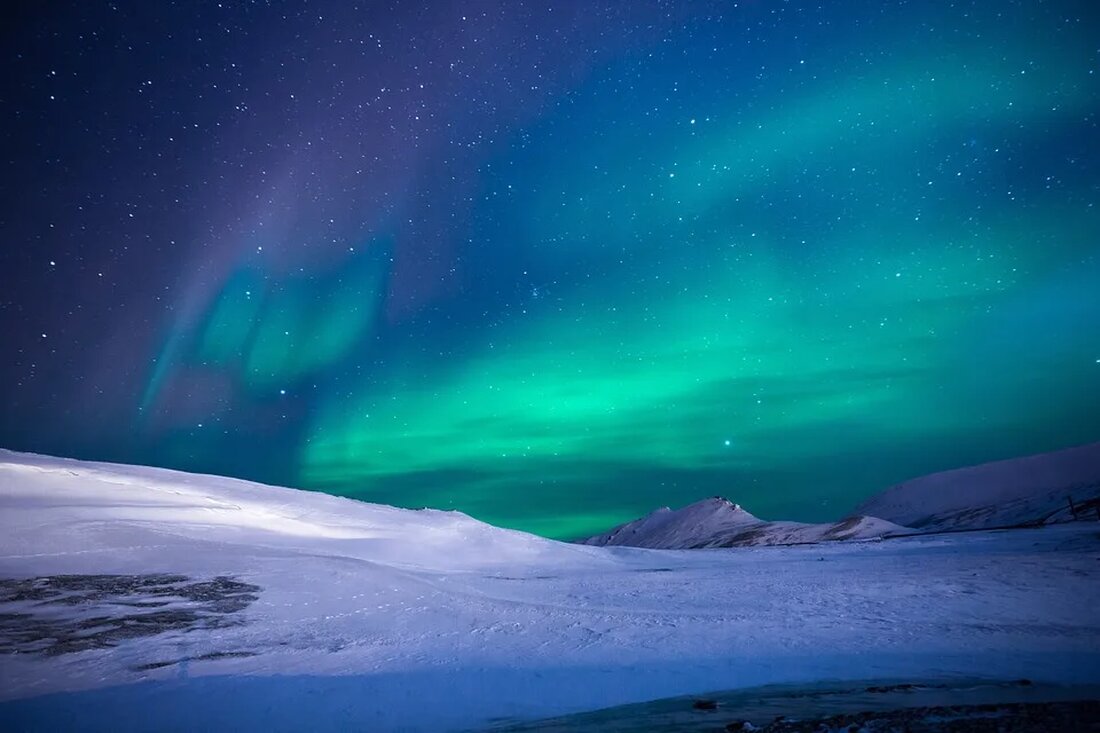Arctic vs. Antarctica: An Ecosystem Comparison
The extreme poles of our planet, the Arctic and Antarctic, present breathtaking landscapes of ice and snow. However, despite their apparent similarities, these regions are very different in terms of their wildlife, plant life and marine systems. This article provides an in-depth comparison of Arctic and Antarctic ecosystems and highlights how they respond to a world of rapid climate change. The Arctic Geography and Climate The Arctic is the northernmost point of our planet and surrounds the North Pole. Unlike Antarctica, which surrounds a land massif, the Arctic is an oceanic basin surrounded by landmasses such as Canada, Russia and Greenland. The Arctic is...

Arctic vs. Antarctica: An Ecosystem Comparison
The extreme poles of our planet, the Arctic and Antarctic, present breathtaking landscapes of ice and snow. However, despite their apparent similarities, these regions are very different in terms of their wildlife, plant life and marine systems. This article provides an in-depth comparison of Arctic and Antarctic ecosystems and highlights how they respond to a world of rapid climate change.
The Arctic
Geography and climate
The Arctic is the northernmost point of our planet and surrounds the North Pole. Unlike Antarctica, which surrounds a land massif, the Arctic is an oceanic basin surrounded by landmasses such as Canada, Russia and Greenland. The Arctic is known for its harsh climate, with low temperatures that can drop to minus 40 degrees Celsius in winter and rarely rise above zero in summer. The Arctic is characterized by a landscape of pack ice that is partially covered with snow.
wildlife
Arctic wildlife is adapted to the extreme climate and often unpredictable conditions. Some of the most notable species found in the Arctic include polar bears, walruses, narwhals, musk oxen and various bird species. Many Arctic animals have developed special adaptations to cope with low temperatures and scarce food supplies. Polar bears, for example, are known for their white fur, which helps them hunt prey, and they have a thick layer of fat that helps them survive in the cold waters.
Plant world
The flora in the Arctic is relatively limited due to the extreme conditions. Despite the challenges, some species can be found here, including mosses, lichens and occasional grasses and flowers. These plants are small and stocky to withstand the harsh winds and cold, and they often have very short growing seasons to take advantage of the short summers.
Antarctica
Geography and climate
Antarctica is the southernmost land massif on our planet and forms the South Pole. In contrast to the Arctic, which is located around the North Pole and consists primarily of sea, Antarctica is a real continent covered by a thick layer of ice. Antarctica is known for its extreme climate conditions and holds the record for the coldest recorded temperature on the earth's surface at minus 89.2 degrees Celsius. Compared to the Arctic, Antarctica is much colder, drier and windier.
wildlife
Wildlife in Antarctica is mainly confined to the sea and coastal areas, as the interior is dominated by a dry, cold desert. Antarctica is home to an impressive variety of animals, including penguins, seals, whales and a range of seabirds. Penguins are perhaps the most famous animals in Antarctica and have adapted perfectly to life in this ecosystem. They have a thick layer of fat and water-repellent plumage that protects them from freezing temperatures.
Plant world
Antarctica has very limited plant life due to the extremely cold and dry climate. Despite the difficult conditions, Antarctica is home to some hardy plant species, including mosses, lichens and algae. These plants must adapt to the extreme conditions of Antarctica, including strong winds, very low temperatures and minimal availability of liquid water.
The impact of climate change on the Arctic and Antarctic
Rapid climate change is impacting both poles of our planet and threatening the fragile ecosystems of the Arctic and Antarctic. Temperatures in these regions are rising twice as fast as the global average, leading to rapid melting of ice on land and sea.
Climate change in the Arctic
In the Arctic, melting sea ice has significant impacts on the entire ecosystem. Animals that rely on the ice, such as polar bears and walruses, are particularly affected as they lose their habitat. In addition, the melting of permafrost in the Arctic is releasing a large amount of greenhouse gases, further accelerating climate change.
Climate change in Antarctica
The effects of climate change are also clearly felt in Antarctica. Here, the melting of the ice layers leads to a rise in sea levels. The rising temperatures also threaten the penguins that live there, as they are adapted to the cold conditions and have to contend with rising temperatures and changing food webs.
conclusion
Although the Arctic and Antarctic may seem very similar at first glance, they are very different ecosystems with different animal and plant species that have adapted to the extreme conditions. However, these fragile ecosystems are under increasing pressure from climate change, which threatens their continued existence. It is therefore crucial that we understand how these systems work and what we can do to protect them.

 Suche
Suche
 Mein Konto
Mein Konto
